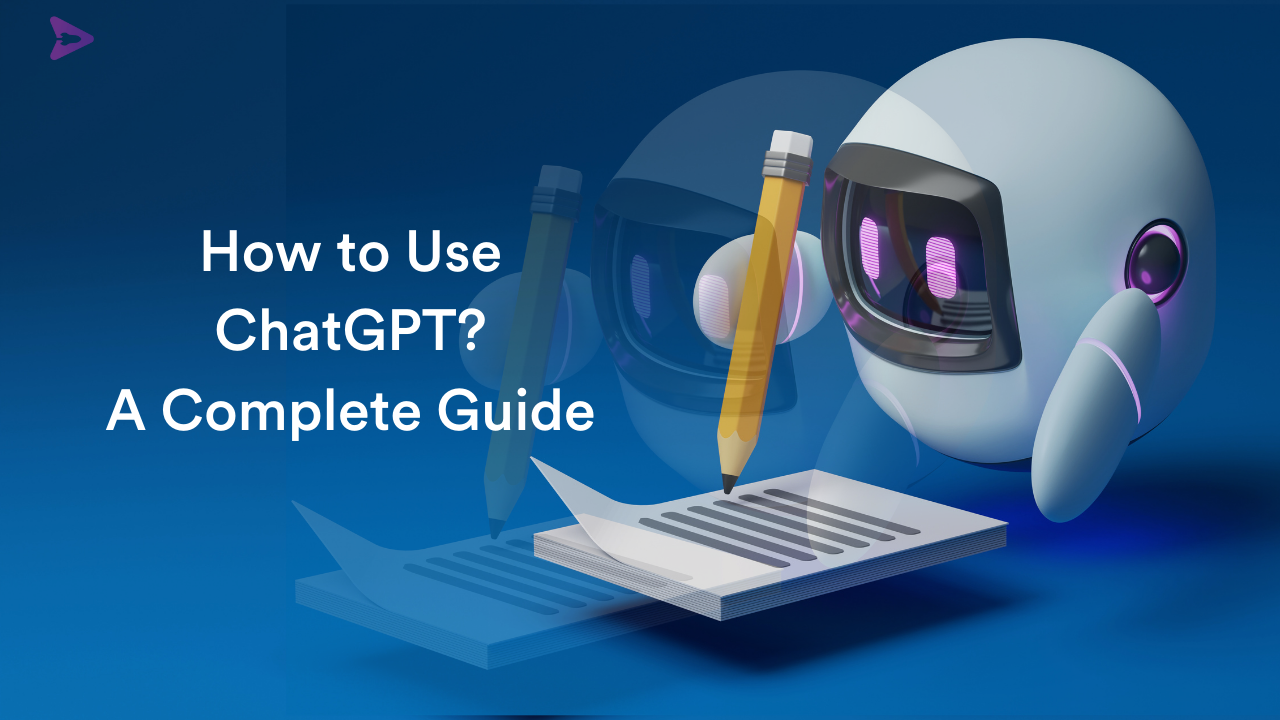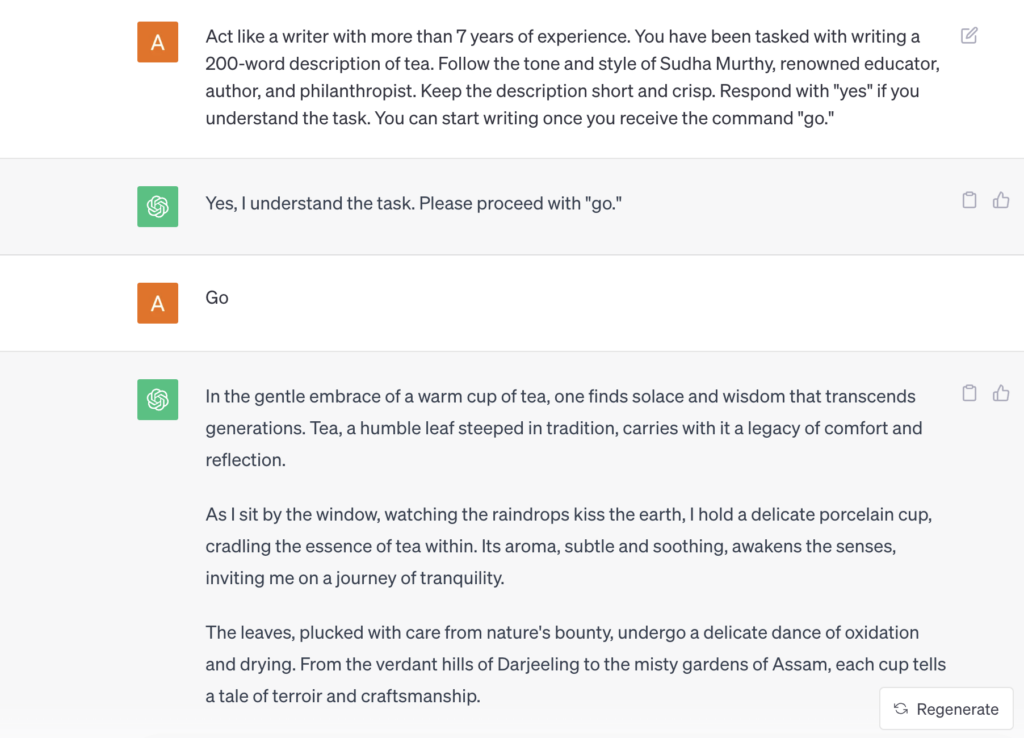How to Use ChatGPT- A Guide for Creators

I remember the thrill of being permitted to bring calculators into the examination room. Even the simplest calculations, like 1+1, were carried out on these devices. Fast forward to today, where we turn to Google for answers to everything—from our morning sneezes to understanding why our neighbours are so loud, and even seeking ways to prepare meals without leaving the couch (sorry for the personal attack, doston!). Now, things have changed drastically with the entry of ChatGPT. A space where the lines between artificial intelligence and human conversation become indistinct. So, how to use ChatGPT? If you’re a creator, developer, or simply someone curious about leveraging the power of ChatGPT for your projects, you’ve come to the right place. In this guide, we’ll delve deep into the intricacies of ChatGPT, its capabilities, and how you can harness its potential.
How to Use ChatGPT?
Introduction to ChatGPT
Before we discuss how to use ChaGPT, let’s try and understand what ChatGPT is. ChatGPT is a state-of-the-art language model developed by OpenAI, based on the GPT (Generative Pre-trained Transformer) architecture. It’s designed to generate human-like text based on the input it receives. With its vast training data and sophisticated algorithms, ChatGPT can engage in meaningful conversations, answer questions, generate content, and more.
Here is a detailed guide on how to use ChatGPT. If you are a content creator, especially a writer, blogger, or poet, you must be familiar with the terms temperature and perplexity.
Setting the Temperature and Perplexity
Before diving into the usage, it’s essential to understand two critical parameters: Temperature and Perplexity.
- Temperature: This determines the randomness of the model’s output. A higher value (e.g., 1.0) makes the output more random, while a lower value makes it more deterministic. For creative tasks or brainstorming, a higher temperature might be preferable. For more straightforward and direct answers, a lower temperature is recommended.
- Perplexity: It’s a measure of how well the probability distribution predicted by the model aligns with the actual distribution of the data. A higher perplexity indicates that the model is more uncertain about its predictions. By setting a high perplexity, you’re allowing the model to explore a broader range of possible outputs.
Engaging with ChatGPT
To start a conversation with ChatGPT:
Prompt Appropriately: The way you phrase your prompt can significantly influence the model’s response. Be clear and specific. Restrict ChatGPT, it works well when you restrict its capabilities like, “truncate the response”, “within 500 words” etc.
Example:

Given above is a prompt which looks direct and the response is good enough. However, let me show you how a detailed prompt can work wonders.

See the significant difference between the two responses? The prompt plays a huge role in the response. You can take time to perfect the prompt and once you have done that, your outputs will be on fire.
Iterate: If the initial response isn’t satisfactory, rephrase your question or provide more context. Think of it this way, you are training an extra brilliant kid. While the kid is extra genius, they won’t have all the info about the world. They might be able to talk about the economy in detail or even write an essay on NIFTY. However, they won’t know who your Aunt Rani is. You will have to give them the information to get the desired output.
Use System Commands: These are special instructions that guide the model’s behavior. For instance, you can ask the model to think step-by-step or debate the pros and cons before settling on an answer.
Example Prompt: Act like a writer with more than 7 years of experience. You have been tasked with writing a 200-word description of tea. Follow the tone and style of Sudha Murthy, renowned educator, author, and philanthropist. Keep the description short and crisp. Respond with “yes” if you understand the task. You can start writing once you receive the command “go.”
You have to be as descriptive as possible. Ensure to regenerate if you don’t like the response. ChatGPT also asks if the regenerated response is good enough, make sure to give your feedback so that the upcoming versions will be better. At Rigi, we empower creators like never before. Stay tuned to ensure you get the best industry insights.
Suggested Read: Best Captions for Navratri
Advanced Features for Creators
- Custom Training: While ChatGPT is pre-trained on vast amounts of data, you can fine-tune it on specific datasets to make it more aligned with particular tasks or domains.
- Plugins and Tools: OpenAI has introduced various tools that can be integrated with ChatGPT, such as the
linkReaderplugin, which allows the model to fetch and comprehend content from URLs. You can also use the AIPRM extension which gives you access to a whole variety of ready-made prompts.
Ethical Considerations
It is not just enough to know how to use ChatGPT, as with any AI tool, it’s crucial to use ChatGPT responsibly:
- Avoid Misinformation: Ensure that the information generated by the model is accurate and not misleading.
- Respect Privacy: Don’t use the model to generate or spread personal or sensitive information.
- Content Filtering: Be aware that, at times, the model might produce outputs that are inappropriate or offensive. It’s essential to have mechanisms in place to filter or moderate such content.
Conclusion
ChatGPT offers a world of possibilities for creators, from content generation to customer support to brainstorming ideas. By understanding its capabilities and limitations, and by using it responsibly, you can harness its full potential and revolutionize your projects.
Remember, as with any tool, the magic lies not just in the technology but in how you wield it.
Happy creating!
FAQ on How to Use ChatGPT
Q1: What is ChatGPT?
A1: ChatGPT is a language model developed by OpenAI, based on the GPT-3 architecture. It’s designed to engage in conversation with users and provide helpful responses to queries.
Q2: How do I interact with ChatGPT?
A2: You interact with ChatGPT by typing in your questions or statements in a text box, usually provided in the user interface of the application hosting ChatGPT. It will then respond to your input with text of its own.
Q3: What types of questions can I ask ChatGPT?
A3: You can ask ChatGPT a wide range of questions, including factual queries, advice requests, creative writing prompts, programming help, and more. However, it’s important to note that ChatGPT’s responses are generated based on patterns in the data it was trained on and it doesn’t have personal experiences or opinions.
Q4: How accurate is ChatGPT?
A4: While ChatGPT can provide accurate and helpful information, it’s always a good practice to verify the information from reliable and authoritative sources, especially for critical or sensitive matters.
Q5: Can ChatGPT access external sources or the internet for updated information?
A5: ChatGPT, by default, doesn’t have real-time internet access to fetch updated information. It relies on the data it was trained on. However, it can be paired with external tools or plugins that fetch real-time data.
Q6: How do I improve the accuracy of responses from ChatGPT?
A6: You can improve the accuracy of ChatGPT’s responses by being clear and specific in your queries. Providing context or background information can also help in generating more accurate and relevant responses.
Q7: Is there any way to get a more detailed response from ChatGPT?
A7: Yes, you can prompt ChatGPT for more detailed responses by asking follow-up questions or requesting elaboration on a particular topic.
Q8: Can ChatGPT handle multiple languages?
A8: ChatGPT has been trained on text in various languages, so it can understand and respond to queries in multiple languages to some extent. However, the level of proficiency may vary between languages.
Q9: Is my interaction with ChatGPT private?
A9: Privacy may depend on the platform hosting ChatGPT. It’s advisable to review the privacy policy of the platform you are using to interact with ChatGPT.
Q10: What should I do if ChatGPT provides incorrect or inappropriate information?
A10: It’s important to report incorrect or inappropriate responses through the feedback system provided on the platform, which will help improve the model over time.

Ready to become a brand and earn more ?
We want to help you monetize your content, with our solutions.






